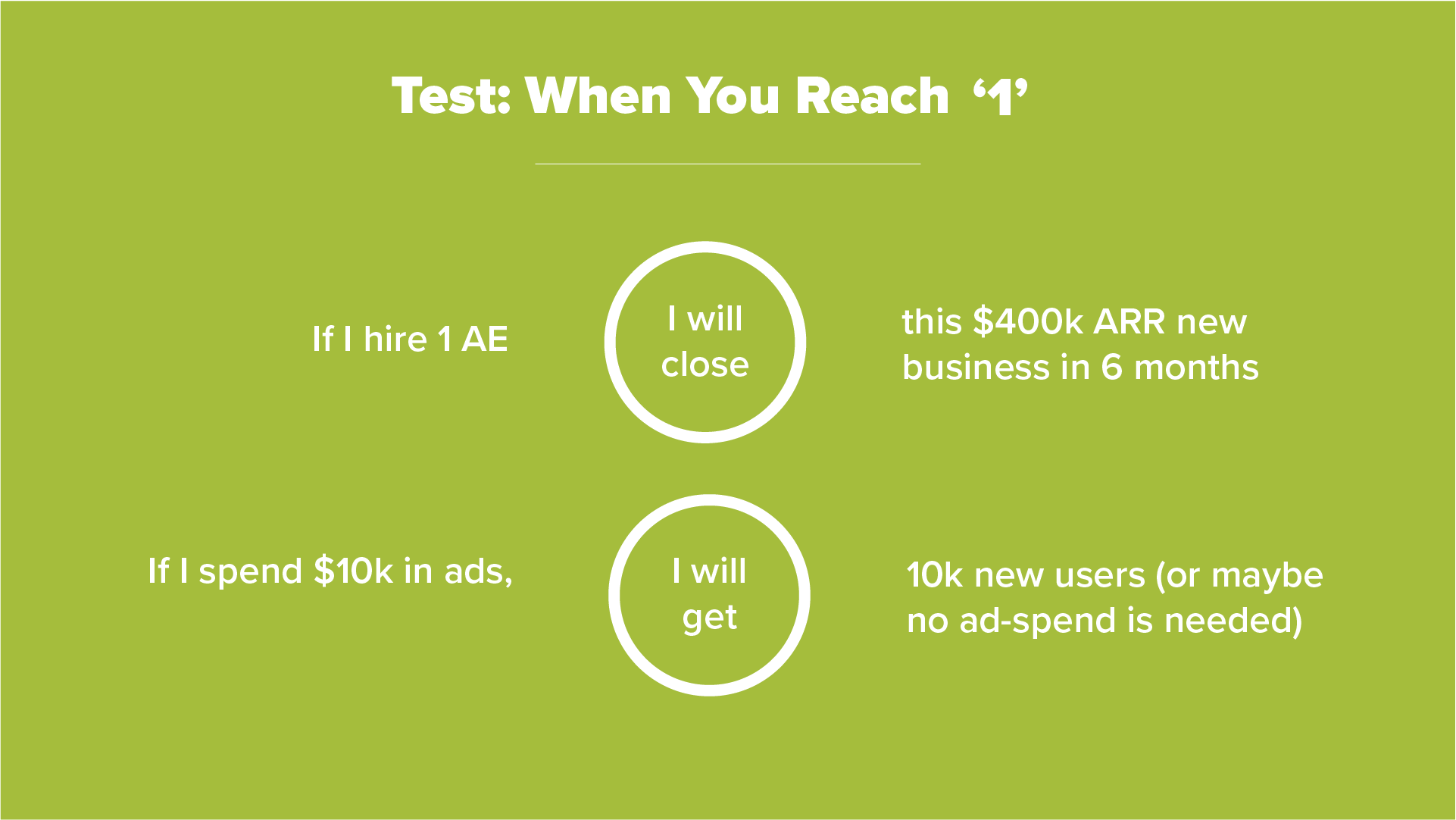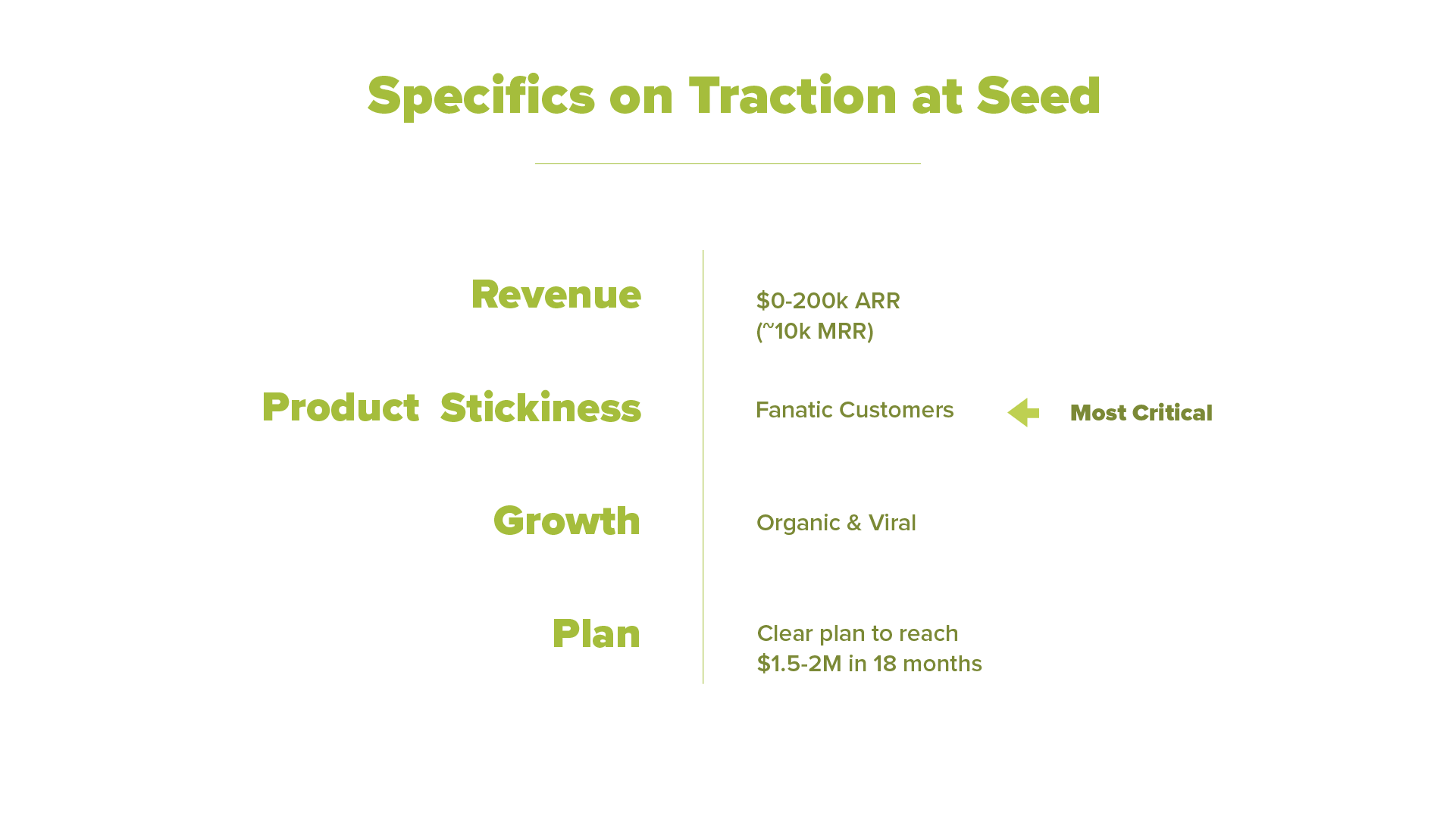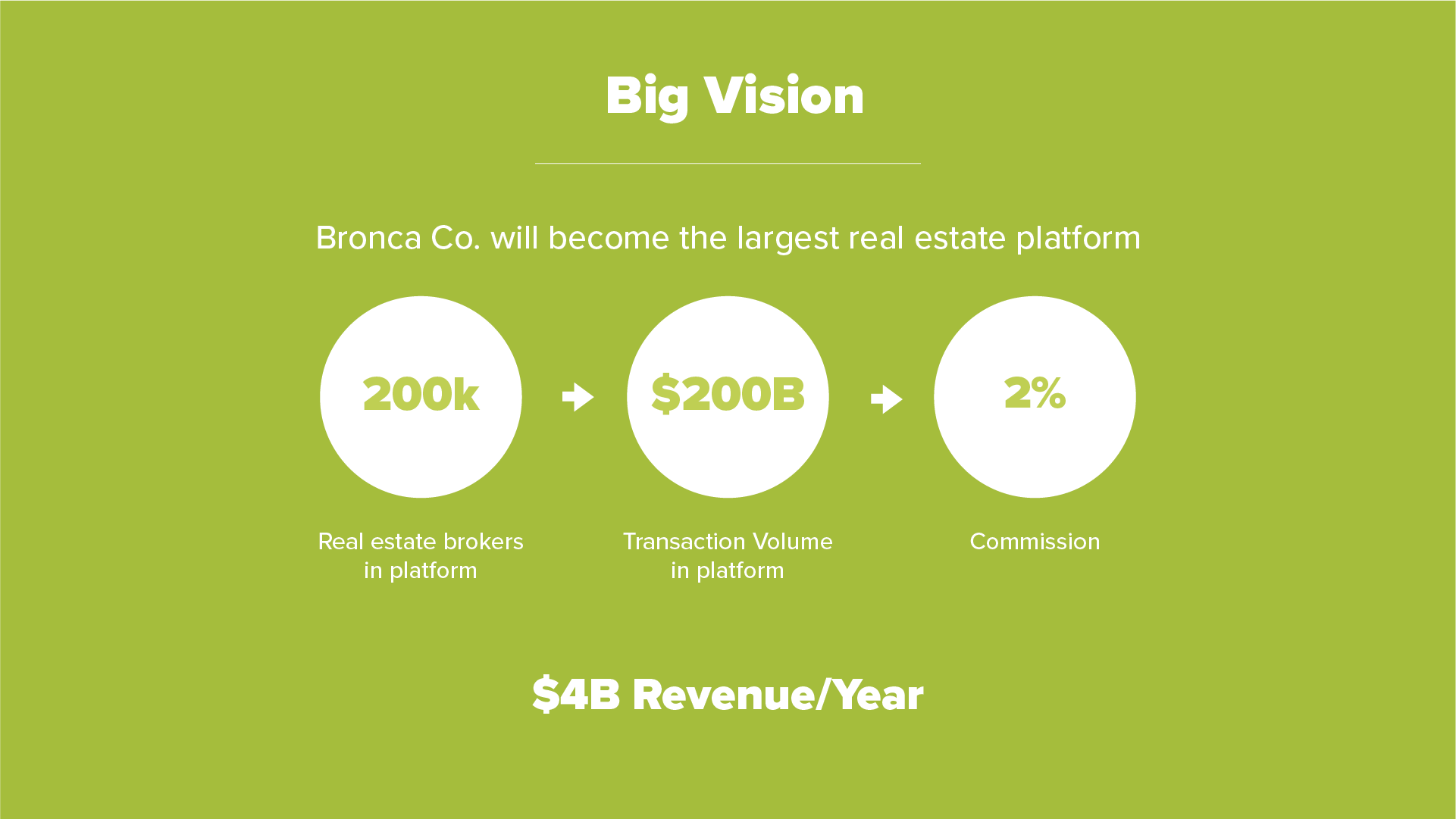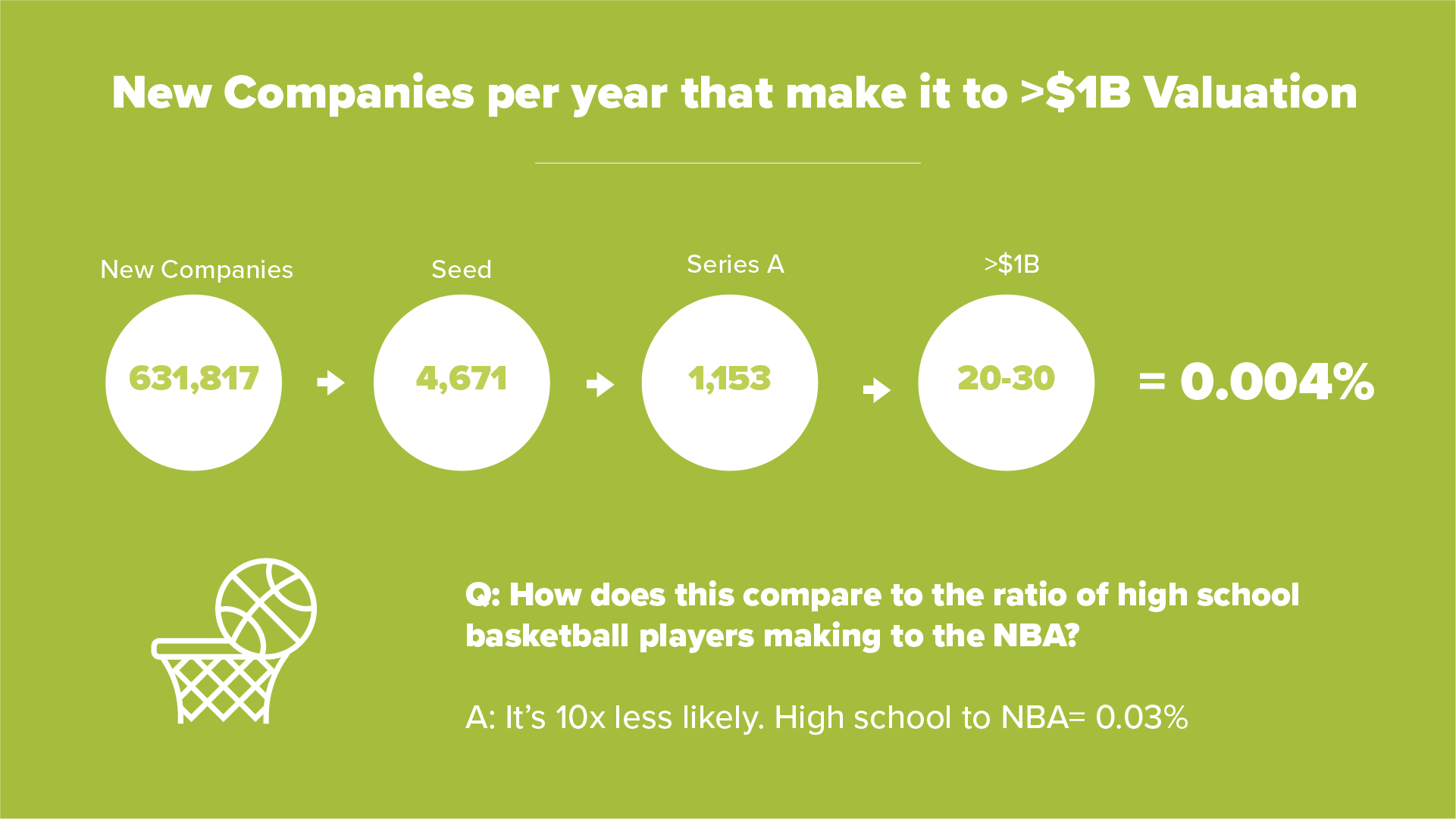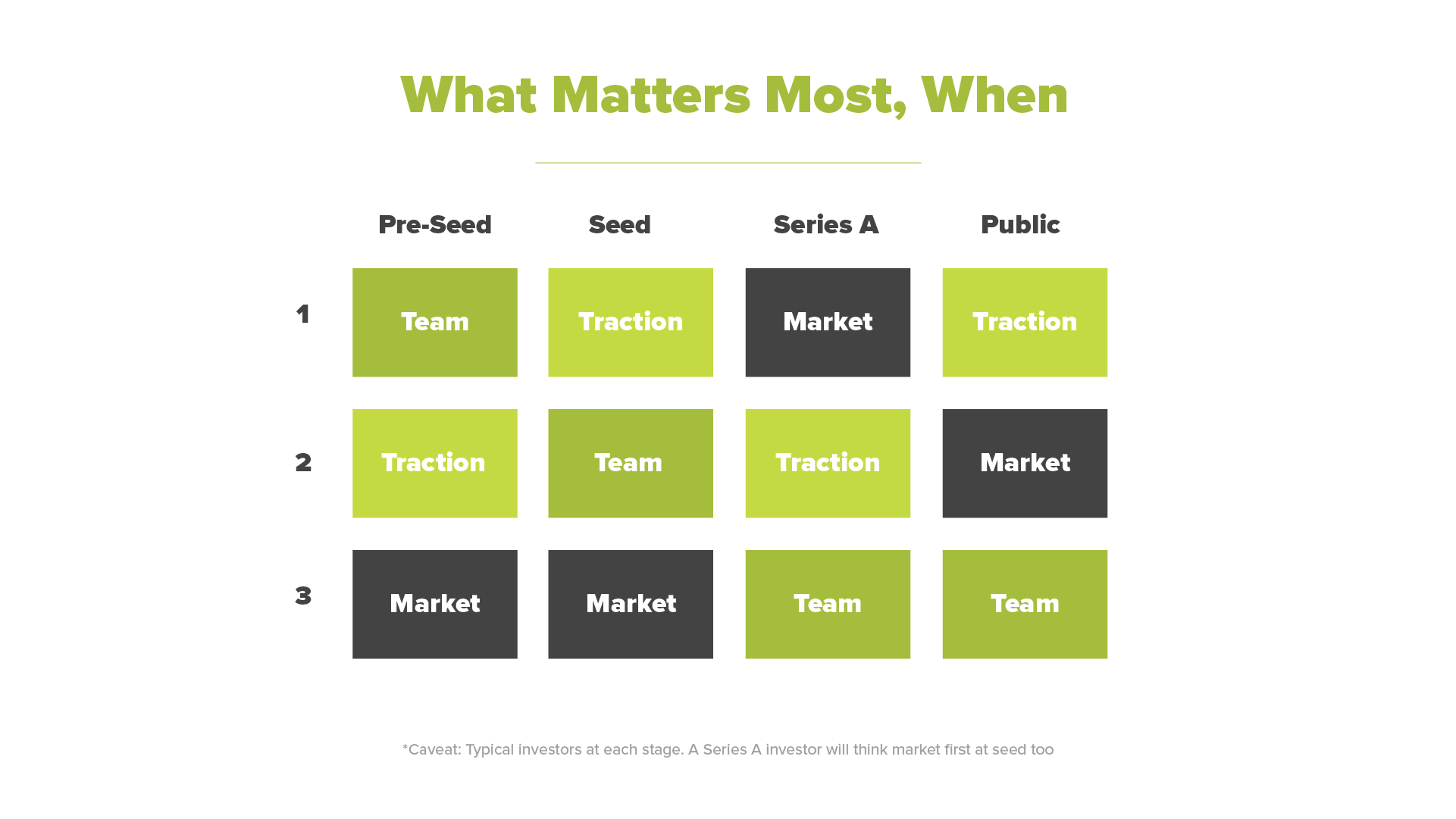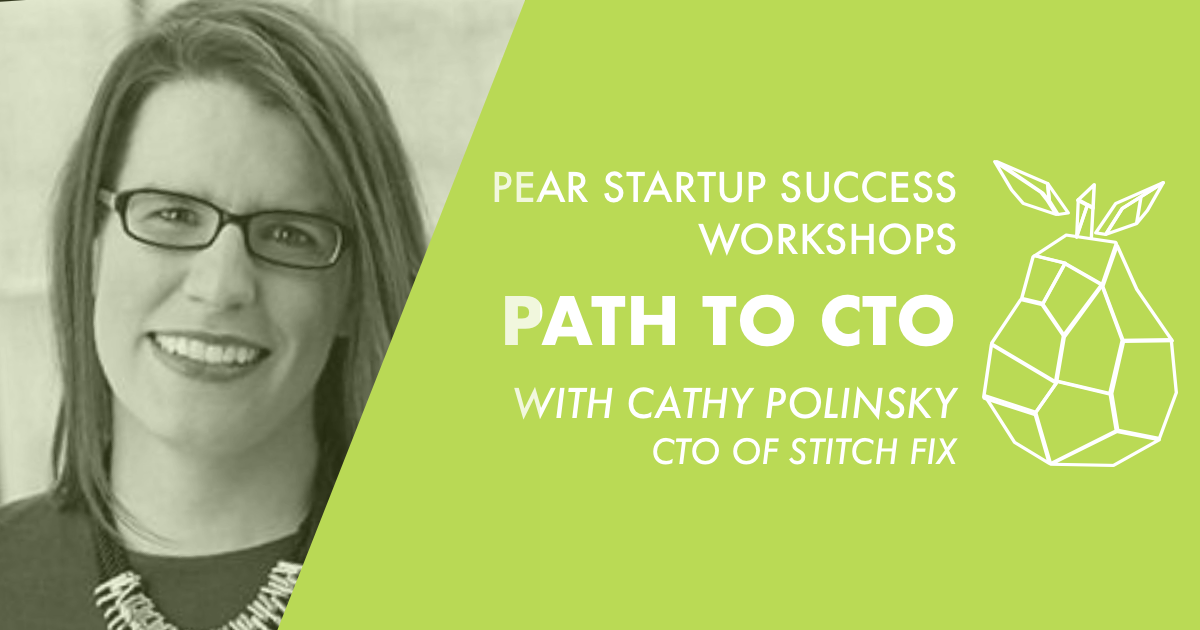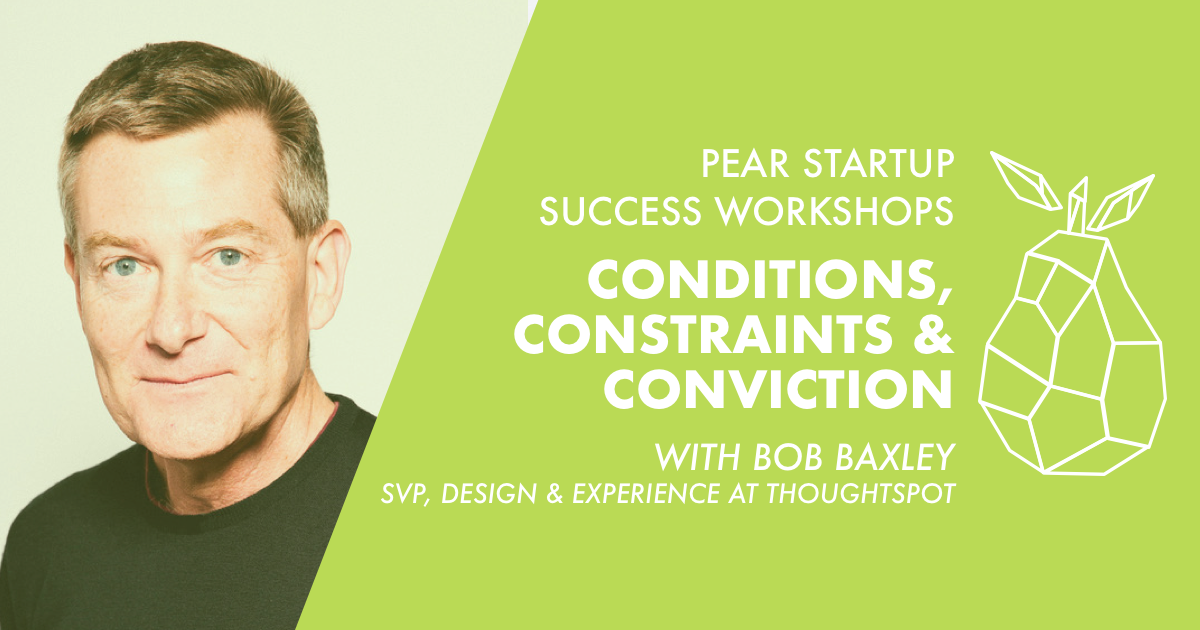Cathy Polinsky, former CTO at Stitch Fix, chatted this week with Pear associate Harris, who leads our talent initiatives. This is a recap! Watch the full talk at pear.vc/speakers.
It starts as an obsession. You play with your first coding language, and you’re hooked. You keep learning new languages and building cool things with your new skills. You’re doing this in an exciting environment with enthusiastic mentors who support you.
Cathy Polinsky, former CTO at Stitch Fix, was lucky enough to grow up this way. In the 80’s, Cathy’s mother was a teacher, and Apple personal computers had arrived at school. Cathy’s mother thought the technology was interesting and bought one for their home (before they had a VCR!).
Cathay learned her first programming language, Logo, and went on to learn basic programming. Computer science was so new then that there wasn’t formal education for it in school, but growing up in Pittsburgh meant that Cathy was able to go to a summer camp at Carnegie Mellon.
“We did algorithms in the morning and more hands-on programming in the afternoon with robotics and maze solving problems, and I just really got hooked and knew I wanted to study it after high school,” said Cathy.
Sure enough, Cathy did just that, and went on to a thriving computer engineering career. In this fireside chat with Pear, she looks back at her career and highlights the building blocks she gained from each role to help future engineers make decisions about their own careers.
“A career is made in hindsight, not while you’re on that path. While you’re on it, it might not feel straight, but you can in retrospect see this arc of where you’ve come from. I’d say I have a little bit more of a clear arc than most, but I know many other people who have had different paths that have gotten there or to some other destination that they have been really excited about.”
Laying the groundwork as a software engineer scaling early Amazon
Hands-on, non-stop building at an early stage startup
Moving into management and people skills at Yahoo and beyond
Cathy’s Career Advice
Cathy’s Advice On Hiring
Tactical Hiring Tips
Laying the groundwork as a software engineer scaling early Amazon
Like many young graduates in computer science today, Cathy’s first job out of school was as a software engineer at a fast-growing company — Amazon, in 1999, right before the dotcom crash.
“I thought I’d missed the interesting times at Amazon. I thought I’d missed the early stage startup. Little did I know, I was living the interesting times. It was a gritty time. I was there during the dotcom collapse and all my stock was underwater,” Cathy recalls.
Things were still early enough for Cathy to grow fast with the company (she had a door desk when she started!). Amazon was in the hundreds of engineers then, and everyone was brilliant, but the rapid pace meant that the environment was a bit chaotic. The code base was a mess for example, with little documentation.
“It was an amazing time where I learned how to be an engineer being in a company that was scaling so fast. I learned a lot about how to hire people earlier than any other job I would have gotten,” says Cathy.
At Amazon, Cathay had the opportunity to learn from the tech giants. She developed solid, rigorous ground for her career learning to ship things at scale and having to think through everything from interview process to database and schema design, to hardware constraints and automation and testing.
But in addition to engineering skills, Amazon helped Cathy to gain a deep appreciation for the growth mindset — a mindset that serves her even today.
“Jeff [Bezos] never wanted to be written in an article and have Amazon in the same sentence with any other early stage dotcom company. He only wanted to see himself with the giant companies that were out there. I’d say that I was much more of a voice of growth and opportunity as a leader at Stitch Fix in the sense of: ‘How can we invest more, and how can we grow more?’ and making sure that we were keeping our eyes always on the long-term.”
Hands-on, non-stop building at an early stage startup
Cathy soon got the startup itch and wanted to see what early startups were like, so she went and joined a 13-person startup in San Mateo.
At first, with only two years of work experience at a scaling company, the early startup environment felt quite different. Cathy was surprised to learn that there were no automation suites and other big tools she took for granted at Amazon.
“But, I wrote way more code there than any other place, and I got to wear more hats and I got to go to a pilot customer and be involved when we were doing discussions about name changes and logos,” says Cathy. “You got to interact with people that weren’t just tech and be much more involved in the company on a different scale .”
Cathy also experienced the pain of building great products that didn’t work out.
“The company never really got off the ground. We only had two pilot customers, couldn’t get sales. There was a recession going on. It was heartbreaking when we closed the door to feel like I put so much of my blood, sweat, and tears into building something that I was really proud of.”
It was valuable first-hand experience in understanding that a successful company was not just about building a great product, but also about building the right thing and checking in with the market for early feedback.
Moving into management and people skills at Yahoo and beyond
After the startup heartbreak, Cathy turned back to big company world, though she “wouldn’t recommend to anyone to overcompensate that strongly,” she laughs.
At Oracle, Cathy realized she missed the fast pace of earlier companies, and sought to move into management. A friend pointed her to a position opening up at Yahoo.
Cathy ended up being offered her choice between two roles there — an engineering management role and an engineering lead role. She decided to try management and never looked back, going on to lead engineering at Salesforce after Yahoo, and on to the C-suite at Stitch Fix.
One of the first lessons Cathy learned in her first management role at Yahoo was to stay out of the code. The engineering manager she inherited the role from said that she regretted being so hands-on and jumping in too quickly to fix bugs or help her team with the solution.
“I really took that to heart. If I’m jumping in to heroically save the day, I’m not actually working on the fundamental issues that are going to help the team be successful in the long run. That has really influenced how I spend my time and how I look at the role,” says Cathy.
That is, transitioning into a management role means focusing your attention more on the people issues rather than the tech issues.
“I’d say that I choke often — that I would have been better off being a psychology major than a computer science major,” Cathay laughs. “Dealing with people in some of these large organizations is much more complex, and not deterministic in any way. You never know if you’re doing it the right way or not. I think that I’ve spent more sleepless nights thinking about people issues than I have about technology issues.”
In all the companies Cathy has been in, it’s been key to treat every single tech production incident as a learning opportunity.
That’s because if you’re shipping software, it’s inevitable that you are going to break something eventually. So, the question software engineers should be thinking about isn’t “How do we avoid breaking things?” but rather, “How do you make sure you don’t have the same problem happen again, and how do you make sure that you learn from it and get better and have other people around you learn from it, so they don’t have the same mistake that you had?”
Cathay is a fan of blameless postmortems.
“We get in a room and we do a postmortem of what happened, but the only rule is you can’t point fingers at anyone. You don’t name any names. You’re not trying to get anyone in trouble. If you can really approach any problem with that open mindset and learning, then you will make sure that you uncover all the problems in the areas and you won’t have the same problems again.”
Cathy’s Career Advice
- There’s no wrong answer to big tech vs. join a startup vs. start my own company.
- Take the roles where you’re going to learn the most.
- Follow your passions.
- If you are interested in something that’s different than what you’re doing today, just tell people that. People will see you differently and think of you when opportunities arise when you tell people what you’re passionate about.
- Don’t worry about where you’re going to be 10 years from now, but have an idea of what you want to do next.
- If you don’t know what you want to do next, talk to a lot of people.
Cathy’s Advice On Hiring
Anytime you can, hire someone smarter than you.
A lot of people have a hard time doing that. They think, “Oh, they have more experience, or they’re smarter than I am, what am I needed for?” You will never ever fail if you were hiring people that are smarter than you and know more than you.
Extend outside your network and find people who are going to push you.
I have worked in a lot of companies that focus on hiring within your network and telling the great track record they have for internal referrals. As a woman engineer, I think that’s really dangerous. I think that you have only a specific network of people and if you continue to hire people in your network, you’re only going to see people who look exactly like you and you’re not going to push yourself and get diverse opinions around the table. You’d be better off really trying to extend outside your network and finding people who are going to push you and bring different experiences to the table than you have in your own. That’s something that we were really intentional about at Stitch Fix — making sure that we were reaching out into diverse networks and seeing people that were different than the people that we already had.
Follow the structure of what you set out to do — don’t rush.
One of the challenging hires was not someone who worked directly for me, but was one level down, and was a referral from someone in the organization. We did a rush job hiring and leaned on the referral, but really did not show up living the values that we had as a company. We started to see some things that didn’t show up the way that we would expect for someone of their level. When we did a debrief on what happened, we realized that we hadn’t done reference checks and we hadn’t really done a full check on: ‘Is this person a good fit to the values that we had?’ It was a pretty big miss that we hadn’t followed the structure of what we had set out to do and really caused a lot of friction across the team because of it.
It’s critical to understand what you need for the stage of your company.
In the early days, Amazon would rather hire someone that had a couple of amazing interviews and a couple of bad interviews than someone who was mediocre across the board. They wanted to see someone who really excelled in a specific area, even if it meant they had holes in other areas. I like that sense of playing to someone’s strengths, especially as a larger company, you can take more liberties in that way.
It’s harder in an early stage company… you have funding for three hires. You’re going to need to hire some real generalists who like to build things, who can also answer phones and do hiring and operations and the like. Thinking about those first hires as generalists who are interested in getting to wear a lot of different hats is important. It’s kind of fun for the people who do it, to get to build things from the early stage.
Then you have to think about how you scale it. Because at some point, those people are probably not going to be happy after you get to a team of 100 where they’re not the best at any of those things. Either they scale, and they still know everything and are this amazing person that can jump in anywhere and add value, or they get really dissatisfied that they can’t really play the same role that they had before.
As you’re scaling things out, you’re hiring more narrow generalists of, “Hey, we really need someone who understands AWS deployments, or we need someone who really understands this mobile technology stack,” or whatever it might be.
So, if you’re really thinking about building and scaling with the business, as the business scales, you have to think about what stage you’re in and know that what works before is not going to be the thing that’s going to be successful after you get to 50 or you get to 100.
Tactical Hiring Tips
- Take home interview questions and pair-programming interview questions are a good way to see what people are going to do in their day to day. You don’t work by yourself — you work in a team and so seeing how people work with a team is good.
- Have candidates interview with non-technical team members and solve a problem together. It’s important for technical people to be able to talk with nontechnical folks. At Stitch Fix, this practice has enabled a much higher EQ team.
- Have inclusive language in your job description and list fewer requirements to be more welcoming to women. Avoiding bro-like or gendered language is of course the obvious thing to do, but what might be less obvious is that long requirements can rule out certain populations of people! Men will tend to apply anyway despite not meeting all requirements, and women will tend to filter themselves out because they don’t have nearly enough of the requirements on this list.
- Sit in on every debrief. You don’t necessarily need to meet every candidate, but you should listen carefully to candidate discussions and guide your team. “There were times where someone would explain the interview and then have a strong assessment on whether we should hire the person or not. I would listen to their rationale, but not agree with the outcome based on their assessment, so we could talk about that and dig in. Sometimes there were some things that changed the way that they thought about the interview, for example, something like, “They weren’t very confident in their skills.” We would ask, “Why did you think that?” And it could just be a passive word choice that they used, and someone else points out, “They’re actually really confident over here — and is that really a job requirement that you need?”




